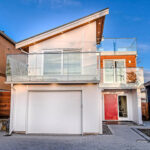Interview with the homeowner, the homeowner and the designer figure out if there is a good fit with one another. We have a portfolio of past projects to show examples of our work.
Homeowner goals, needs and requirements are discussed. The designer visit the site, review the existing conditions and take as-built measurements of what is there (existing home/property). A set of as-built plans are created and a copy is given to the homeowner for their records. These are simple floor plans and exterior elevations – a minimal set showing what currently exists on site and nothing more. A surveyor is typically contacted at this stage and scheduled to produce a site survey – this survey is eventually incorporated into the as-built documents. The designers visit the city building department to review applicable records which may include as-built drawings of an existing home; previous surveys. The designer gather information from the city regarding specific land use and building code requirements as well as pre-submittal and pre-permit procedures. The designers also create a work plan to outline what will be done and by when.
The designers generate 2-3 preliminary designs incorporating the information from step two. At this stage the designers are also bringing design concepts to the table. Maybe there was a specific site feature that could be enhanced within the project not previously discussed. The designers explore the sequence of how you approach the house and move through the house. How the home is experienced is a focus of this stage. The general locations of the functions within the house are considered and graphically represented in diagram form. The graphics, illustrations and sketches are just diagrams at this stage. Features like windows may be added schematically or not at all. Simple plans and elevations are produced to represent relationships among spaces and the basic envelope shape (think about it like carving a simple, dumb model out of a block of clay). Material options start to become part of the discussion and a target budget is established/confirmed for the overall project. There are typically 2-4 homeowner meetings involved with this step. The homeowner makes decisions with help from the designers regarding the various schematic options. An overall design strategy is chosen.
As decisions continue to be made, the designers develop the schematic drawings into permit documents. The graphics evolve from diagrams to actual architecture at this step. The drawings are refined in regards to details and methods. Materials are decided on and the designers figure out how everything fits together (how does the floor meet the wall: base trim, flush trim, no trim). Window openings are further defined with mullions and opening locations. Information from other consultants, like the structural engineer, is developed and coordinated with the design drawings. Specifications for materials, fixtures/ appliances, assembly details, and relevant code information are incorporated into the project. Recommendations from trades, suppliers, and manufacturers are added to the drawing set. The homeowner continues to make decisions at a more specific level of detail (four or six burner gas range, which direction do the windows open?)







